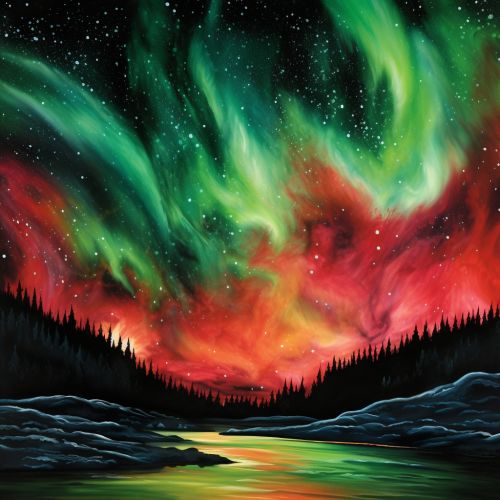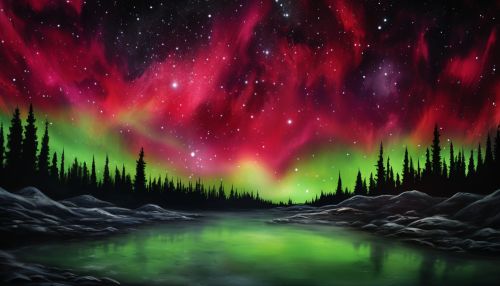Aurora Australis
Introduction
The Aurora Australis, also known as the Southern Lights, is a natural light display in the Earth's southern hemisphere. This phenomenon is caused by the interaction of charged particles from the sun with the Earth's magnetic field. The lights are seen around the southern magnetic pole, which is not at the geographic South Pole, but rather off the coast of Antarctica.
Formation
Auroras are the result of disturbances in the magnetosphere caused by solar wind. These disturbances alter the trajectories of charged particles in both solar wind and magnetospheric plasma. These particles, mainly electrons and protons, precipitate into the upper atmosphere. The resulting ionization and excitation of atmospheric constituents emit light of varying color and complexity.
Appearance
The Aurora Australis often appears as a glowing green or red curtain of light. However, it can take many forms, including arcs, patches, scattered clouds, or even a diffuse glow. The lights are typically seen in the southern hemisphere, in places such as Antarctica, New Zealand, and southern Australia.
Viewing the Aurora Australis
The best time to view the Aurora Australis is during the winter months, when the nights are longest. However, the lights can be seen at any time of year, provided the conditions are right. The lights are best viewed away from city lights and in clear, dark skies.
Scientific Importance
The study of the Aurora Australis is important for understanding the complex processes that occur in the Earth's magnetosphere. These processes can interfere with man-made structures and systems, such as satellites and power grids. Therefore, understanding these processes can help to mitigate their effects.


